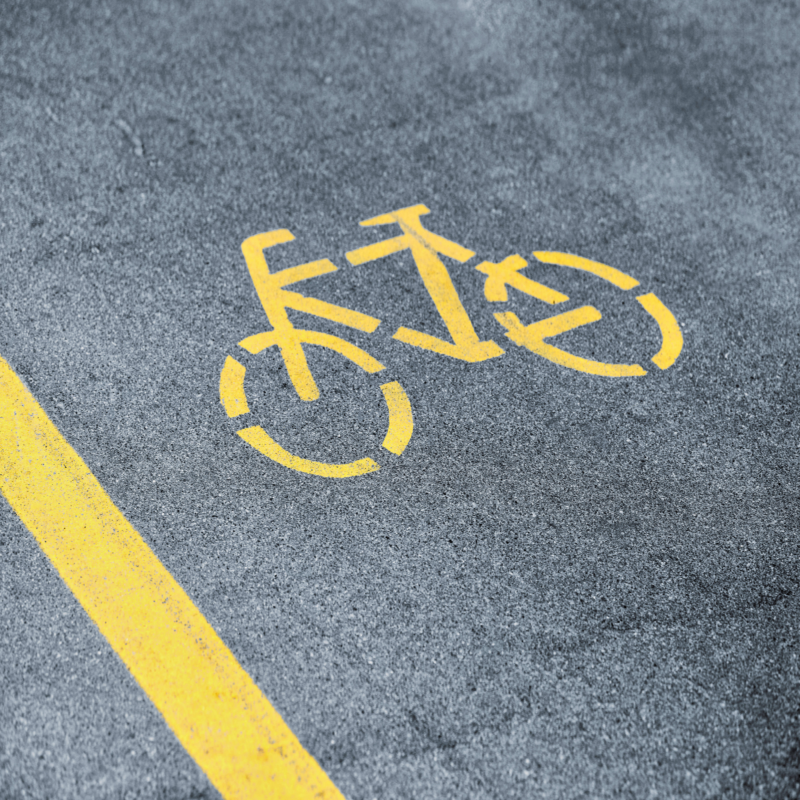Bicycling is more than just a means of transportation; it’s a lifestyle. In California, cycling has gained increasing popularity among residents. As more individuals embrace this healthy, eco-friendly mode of transport, understanding the bicycle laws california 2023 becomes crucial. These laws not only ensure the safety of cyclists but also the safety of other road users. Due to California’s diverse landscape and busy streets, bike regulations aim to create a harmonious environment for everyone. Understanding these laws helps cyclists navigate Californian roads confidently and responsibly.
Key Regulations Governing Bicycling in California
Bicycle laws in California are designed to minimize accidents while enhancing the experience of cyclists on the road. Moreover, these laws aim to clarify the rights and responsibilities of cyclists. It’s essential for cyclists to familiarize themselves with these critical regulations. Knowing the rules not only prevents potential legal issues but also increases safety. Below, we will discuss some significant provisions that govern cycling across the state.
Helmet Use Requirements
In California, wearing a helmet is not just advisable; it is required by law for all cyclists under the age of 18. This rule was enacted to protect young riders from potentially severe injuries in case of accidents. However, adults are encouraged to wear helmets as well. Statistically, wearing helmets reduces the risk of head injuries significantly by nearly 70%. Transitioning to good habits is vital, so educating young cyclists about the importance of helmets is essential. Parents and guardians should lead by example. By wearing helmets themselves, they encourage safe behavior in children moving forward.
Lighting and Visibility Regulations
California also enforces strict guidelines regarding bicycle lighting and visibility during nighttime riding. Cyclists must equip their bikes with front lights that are visible from at least 300 feet. In addition, a red rear reflector is also a requirement to ensure visibility to motorists. Furthermore, cyclists should wear bright, reflective clothing to enhance visibility during low-light conditions. Transitioning to safer cycling practices starts with equipping bikes appropriately and selecting the right attire. By doing so, cyclists mitigate the risk of accidents, contributing positively to overall safety on the roads.

Traffic Laws That Affect Bicyclists
Understanding how traffic laws apply to bicycles is crucial for cyclists in California. Just as motorists must obey traffic signs and signals, so must cyclists. This inclusion means that cyclists share responsibility for maintaining road safety. Proactively learning about relevant traffic laws can prevent costly tickets and potential accidents. Below, we explore some crucial traffic laws that directly impact cyclists.
Right-of-Way Rules
In California, cyclists have the right to use the road; they are not confined to bike lanes if none exist. However, when bike lanes are present, cyclists are encouraged to utilize them. Additionally, cyclists must yield the right-of-way to pedestrians at crosswalks. Notably, failing to adhere to this essential rule can result in both accidents and fines. Thus, understanding these right-of-way nuances can mitigate potential conflicts with motorists and pedestrians alike. Moreover, educating fellow cyclists about right-of-way rules fosters a safer environment for everyone on the road.
Stop Sign and Signal Compliance
Another critical aspect of cycling laws involves stopping at traffic lights and stop signs. Just like motor vehicles, cyclists must come to a complete stop at red lights and stop signs. Failing to obey these rules may lead to fines or, worse, accidents. Additionally, cyclists should only proceed when it’s safe after waiting for the appropriate signal. Understanding the nuances of stop regulations helps cyclists navigate urban environments safely. Transitioning to responsible cycling habits encourages a culture of shared road safety, benefiting cyclists and motorists alike.
Bicycle Equipment and Maintenance Standards
In California, specific requirements pertain to the equipment and maintenance of bicycles. These measures are put in place to ensure not only the safety of cyclists but also that of others sharing the road. Knowing about these standards can prevent accidents due to equipment failure. Responsible bicycle maintenance is essential for an enjoyable cycling experience.
Brake Requirements
All bicycles in California must possess functional brakes to assure riders can stop safely. While most bicycles come equipped with standard braking systems, checking them regularly is essential. This law applies to all cyclists, regardless of their biking experience. Neglecting brake maintenance not only risks the rider’s safety but can also lead to accidents involving other road users. Regular maintenance checks should be a part of every cyclist’s routine. Transitioning to a habit of routinely checking equipment can drastically improve safety levels.
Bell or Horn Provisions
California’s laws stipulate that bicycles should be fitted with a functional bell or horn. This equipment provides a way for cyclists to signal their presence, especially when approaching pedestrians or other riders. While some cyclists may disregard this requirement, it is crucial for effective communication on the road. Failing to do so can result in accidents or near misses that could have been easily avoided. Transitioning to safer cycling involves adhering to this straightforward equipment requirement. By doing so, cyclists contribute to a more cohesive and respectful cycling culture on California’s busy streets.

Rights and Responsibilities of Cyclists
Understanding the rights and responsibilities of cyclists in California is vital to ensuring safety and accountability. Many cyclists may not fully grasp their legal standing on the road. Consequently, knowing one’s rights can empower cyclists to advocate for themselves. Moreover, understanding responsibilities helps foster a cooperative relationship with motorists and pedestrians alike.
Legal Rights on the Road
Cyclists in California have the same legal rights as motorists. They are entitled to use any public road that is not expressly restricted, which means they can travel on most streets. However, this right comes with a correspondent obligation to adhere to all applicable traffic laws. Moreover, understanding this legal standing helps cyclists navigate conflicts with drivers more effectively. Transitioning to an informed approach gives cyclists the confidence they need for promoting a safe environment. They can effectively communicate their rights if approached disrespectfully or dangerously by motorists.
While cyclists have rights on the road, they also have responsibilities. One of these is ensuring they maintain the bicycle in safe working condition. Additionally, cyclists should respect the rights of pedestrians and fellow cyclists on the road. Sharing the road requires a collaborative mindset aimed at ensuring mutual respect and understanding. Transitioning into an attitude of shared responsibility fosters a communal awareness among all users. In doing so, cyclists can effectively reduce conflict and enhance overall road safety for everyone.
Consequences of Violating Bicycle Laws
Violating bicycle laws can lead to a multitude of consequences, both for individual cyclists and the broader community. Understanding these consequences is particularly crucial for new cyclists who may be less familiar with the legal requirements. Familiarity with potential repercussions can act as a deterrent to non-compliance.
Fines and Penalties
Just like motorists, cyclists can face fines if they violate traffic laws. For instance, running a stop sign can lead to a ticket similar in amount to what a vehicle driver might incur. Depending on the severity of the violation, the fine amounts may vary. Continuous infractions can result in increased penalties or even charges that might affect cycling privileges. Transitioning to a responsible cycling habit can prevent these negative consequences and encourage good behavior. Ultimately, understanding the cost of fines can promote compliance and increase safety for everyone involved.
Liability in Accidents
In the unfortunate event of an accident, violating bicycle laws can complicate liability issues. If a cyclist is found to be in violation during an accident, they may bear more responsibility for the incident. Consequently, this could lead to increased insurance premiums or lawsuits. It’s thus critical for cyclists to comply with all applicable laws. Transitioning to a proactive approach concerning safety and responsibility can mitigate the risk of accidents altogether. Additionally, establishing a culture of safe cycling behavior encourages a safer and more enjoyable environment for everyone.

Conclusion: The Importance of Awareness and Responsibility
Understanding California’s bicycle laws is key for every cyclist, whether seasoned or a beginner. These laws serve not just as rules but as guidelines for creating a safer biking environment. Given the growing number of cyclists on the road, compliance with these regulations fosters cooperation among all road users. It’s crucial for cyclists to stay informed and take responsibility for their own safety and that of others.
Education around the laws can significantly improve awareness and promote responsible cycling. Transitioning to a well-informed, conscientious approach can contribute positively to the culture of cycling in California. Ultimately, the goal is to make the roads safer, not only for cyclists but also for pedestrians and motorists. By adhering to the laws, cyclists enhance their riding experience and promote a safer cycling culture for all.
In a state renowned for its beautiful landscapes and extensive bike paths, responsible cycling must be at the forefront of every cyclist’s mind. Regularly reviewing rules and updates to the laws will ensure that cyclists remain informed. By doing this, California cyclists not only protect themselves but also pave the way for a future where cycling is both enjoyable and safe for everyone involved.


